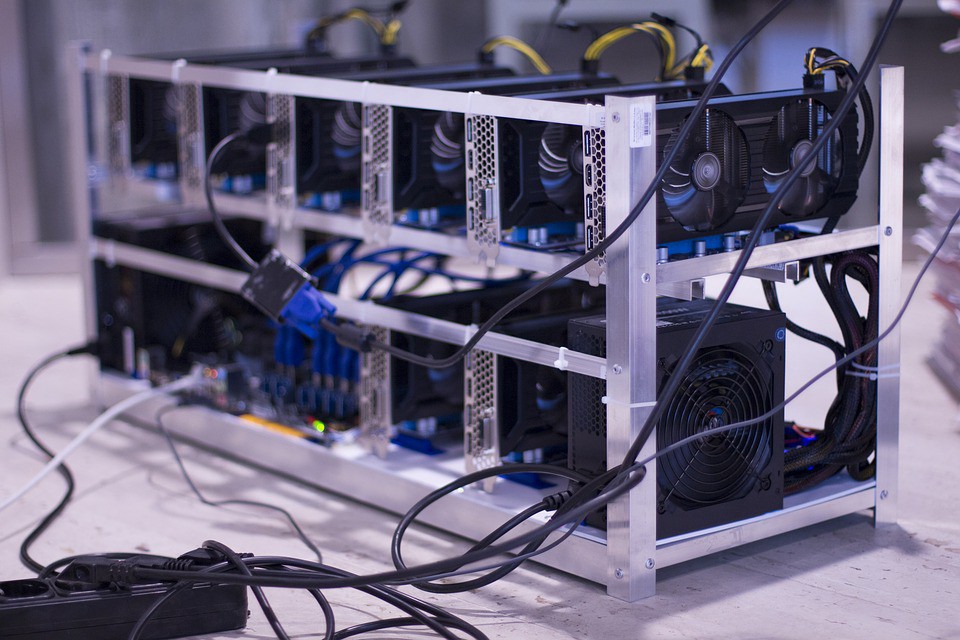In the context of a cryptocurrency, an ASIC (Application Specific Integrated Circuit) is a chip that is specifically designed to mine a certain cryptocurrency or a certain hashing algorithm. Recently, there have been a number of high profile ASIC miners released for cryptocurrencies previously believed to be ASIC resistant [1]. So what’s the problem with ASICs?
ASICs usually provide a significant advantage over graphics cards (GPUs) and CPU mining; so much so that once ASICs are released it is generally un-profitable to mine without one. This in itself it not entirely a bad thing. Similar issues have arisen when comparing GPU and CPU mining; it often becomes unprofitable to CPU mine a coin that has been optimised for GPU mining.
Rather, the larger issue with ASICs is that there are very few companies that step into the space as manufacturers. When you have a centralised manufacture process like this, the result is that one or two companies own nearly all the distribution rights to the hashing power for a cryptocurrency and this creates a quasi-centralised mining system.
Individuals can buy ASIC miners, but there were cases even in 2016 where Bitmain (an ASIC manufacturer) was shown to have built a secret back door into a lot of their miners, which allowed them the ability to turn off a large portion of Bitcoin miners around the world, and crash the hashrate [2]. This is why centralisation in mining should be avoided.
Our main objection to ASICS is not that they provide a significant performance increase over GPUs, but that their manufacturing process is so centralised. And this leads into the big debate: can the manufacture of ASICs be decentralized?
What would decentralised manufacture and distribution look like? We would want to get to the point where it is possible to buy an ASIC from your local computer hardware store, like you can currently with GPUs. We would want to see 10 or 20 companies competing to produce the cheapest and most available hardware built specifically for mining. Some assumed that Bitcoin hardware would diversify in this way, however ASICs for Bitcoin have been available for 5-6 years now and it’s becoming clear that the market is growing more centralised, not less, with Bitmain and Bitfury dominating.
Many have proposed the idea of leveling the playing field with a hashing algorithm like SHA-3. SHA-3 is easier to implement on hardware than SHA-256, and it would force all ASIC development companies to start from scratch, and hopefully not just Bitmain and Bitfury but every ASIC chip manufacturer [3]. However, it is unclear if this would lead to a decentralised market or if, again, the companies with the most money would come out on top.
For the above reasons, when a manufacturer releases an ASIC, the development team of a cryptocurrency must make a decision: do they fork away and deal with the issues of forking, or do they accept there may only be 2 or 3 manufacturers producing ASICs who will control the distribution for the hashing power?
Monero decided to fork away, which means they will slightly change their hashing algorithm every 6 months. ASICs are built to be a physical implementation of the hashing algorithm, so if you change the hashing algorithm just slightly, usually the manufacturers have to build a completely new machine. This costs millions of dollars in research and development, and is meant to deter ASIC manufacturers.
However, forking every 6 months carries its own risks. Firstly, every hard fork that changes your hashing algorithm creates the possibility of introducing critical bugs into your code. Secondly, the developers in this instance carry more power, as they are the ones that decide whether an algorithm is included or not. And third, the developers are vulnerable to bribery and infiltration attempts by ASIC manufacturers, who, with the correct knowledge could future proof their ASIC from upcoming forks.
The strategy of forking every 6 months, however, does not address the presence of FPGA (Field Programmable Gate Array) miners. Like ASICs, FPGAs are also specialised chips that solve certain algorithms. FPGAs, however, are highly programmable meaning any insignificant change to a hashing algorithm would not invalidate their hardware; rather, a software patch could be released to allow the FPGA to continue to mine. Although this could represent an issue, FPGAs generally offer far less performance efficiency and cost more, limiting their market saturation. Unless the market reaches full saturation with FPGAs, GPUs can often still reach a profitable level of mining, even with FPGAs present.
There are many things to consider when going down the forking model, and we think there are better models out there. We are currently exploring newly proposed ASIC resistant hashing algorithms like Argon 2, Cuckoo Cycle, and RandProg, however in the meantime Loki will maintain its ASIC resistance by forking. In the future we will reassess our options, but our aim will always be to maintain an equitable distribution of the hash rate and to be as decentralised as possible.
[1] “Bitmain.” https://shop.bitmain.com/product/detail?pid=000201803132107063379CD35Gxy064F
[2] “Antbleed – Exposing the malicious backdoor on Antminer S9, T9, R4 ….” https://www.antbleed.com/
[3] “monero-project/monero – GitHub.” https://github.com/monero-project/monero/issues/3387
By Kee Jefferys
